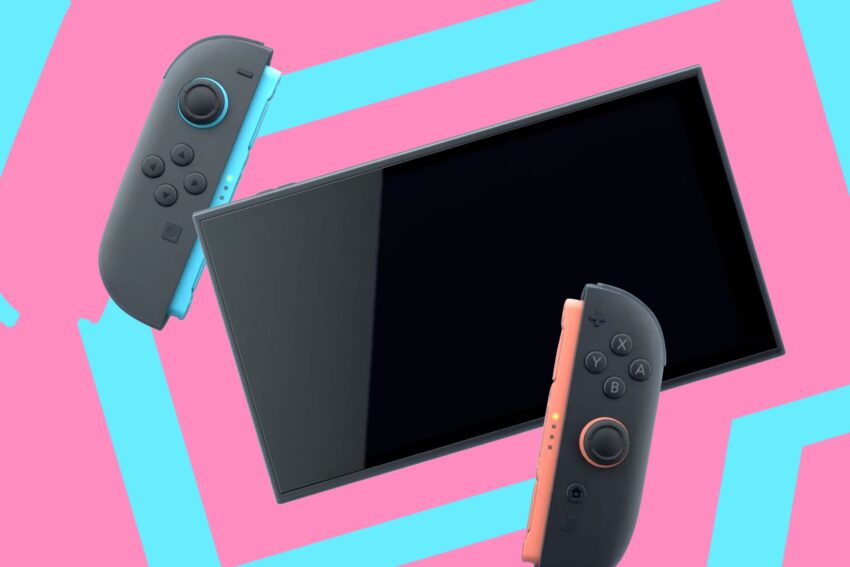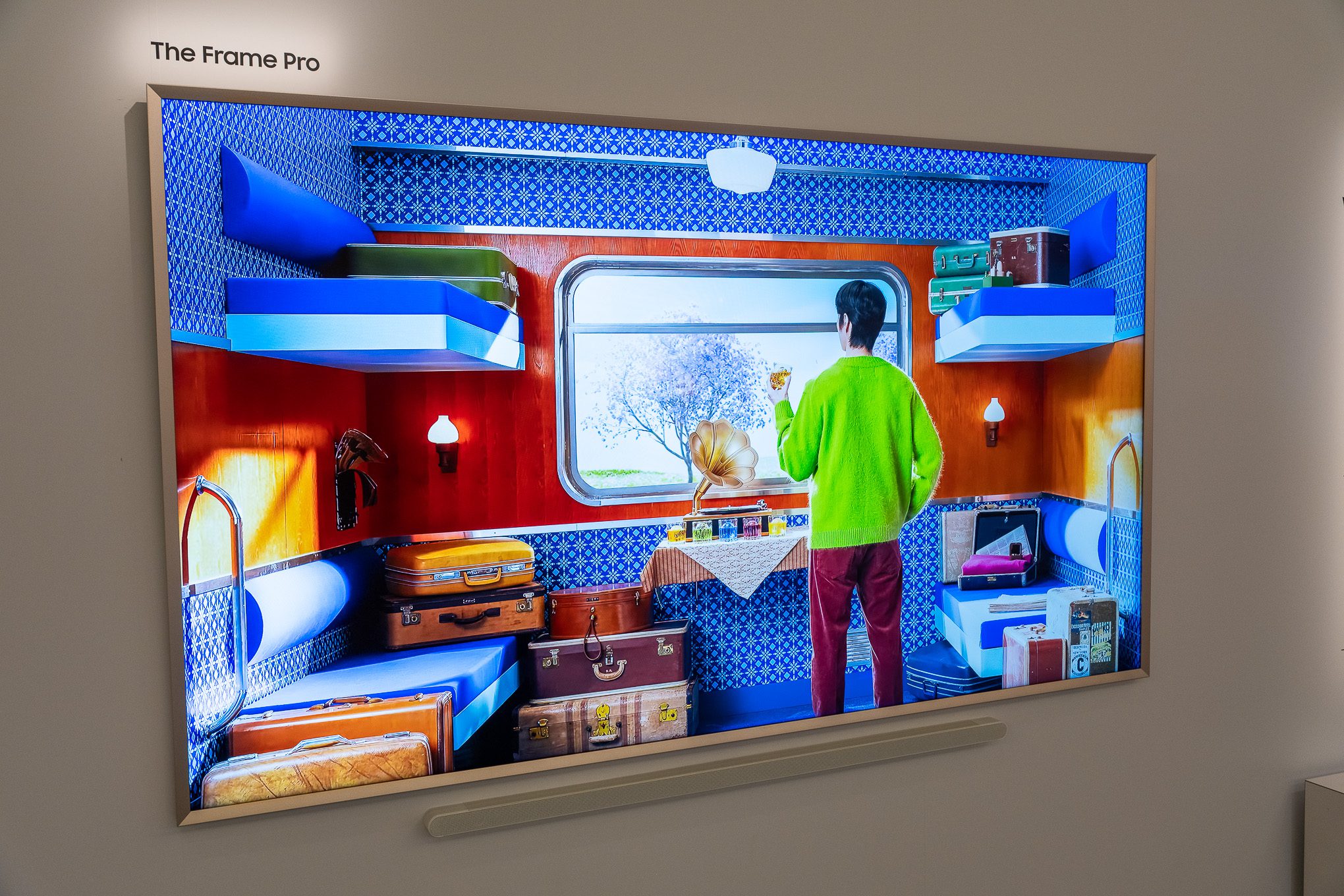
spending on game consoles is up because Consumer spending on game consoles in the United States has surged in 2025, driven primarily by the remarkable sales of the Nintendo Switch 2 and rising hardware prices.
spending on game consoles is up because
Record-Breaking Sales of the Nintendo Switch 2
The Nintendo Switch 2 has emerged as a significant player in the gaming console market, setting sales records since its launch. In its first three months, the Switch 2 has sold over 2.4 million units in the U.S., making it the fastest-selling console of all time. This impressive figure surpasses the previous record held by the PlayStation 4 by a notable five percent. Furthermore, the Switch 2 is outperforming its predecessor, the original Nintendo Switch, by an astonishing 77 percent at this stage in its lifecycle.
Mat Piscatella, a well-known industry analyst, highlighted the importance of the Switch 2 in the current market landscape. He noted that while hardware sales are indeed performing well, the increase in total spending is largely attributed to higher selling prices. This observation underscores the dual factors contributing to the overall growth in consumer spending on gaming consoles.
Market Dynamics and Consumer Behavior
According to data from Circana, hardware sales in the U.S. topped $312 million in August 2025, reflecting a 32 percent increase from $236 million in August 2024. This growth is particularly noteworthy given that sales of other major consoles, including the PlayStation 5 and Xbox Series, have experienced double-digit percentage declines year over year. The Switch 2’s success is a stark contrast to the performance of its competitors, indicating a shift in consumer preferences and market dynamics.
Despite the overall decline in sales for other consoles, the Nintendo Switch 2 has captured the attention of gamers, leading to a significant uptick in spending. This phenomenon can be attributed to several factors, including the console’s innovative features, a robust library of games, and Nintendo’s strong brand loyalty among consumers.
Rising Prices and Their Impact on Spending
While the sales figures for the Switch 2 are impressive, it is essential to consider the broader context of rising prices in the gaming console market. Consumer spending on game consoles in the U.S. has reached $2.9 billion for the year, marking a 20 percent increase compared to the previous year. However, this growth is not solely due to an increase in the number of consoles sold; it is also significantly influenced by rising prices.
Data indicates that the number of consoles sold has increased by 6.5 percent year-over-year, but prices have surged by 12.3 percent. This price increase has been a crucial factor in driving the overall spending growth in the gaming sector. For instance, the price of a 512GB Xbox Series S has risen from $299.99 at the beginning of the year to $399.99. Similarly, the all-digital Xbox Series X has seen its price escalate from $449.99 to a staggering $599.99. PlayStation 5 models have also experienced a $50 price increase across the board.
Consumer Response to Price Increases
Despite the rising costs of gaming consoles, consumer demand has remained resilient. Many gamers appear willing to invest in higher-priced consoles, perhaps due to the perceived value and enhanced gaming experiences they offer. The allure of the Switch 2, with its advanced features and exclusive titles, has likely contributed to this willingness to spend.
However, there is a threshold for consumer tolerance when it comes to pricing. For example, the $799.99 price tag for a fully equipped 2TB Xbox Series X in Galaxy Black may be daunting for some consumers. Yet, industry analysts note that we have not yet reached the exorbitant price levels seen in the past. The Neo Geo, a handheld console that debuted in 1990, was priced at $649.99, which would equate to approximately $1,500 in today’s money. This historical context suggests that while current prices are high, they are not unprecedented in the gaming industry.
Implications for the Gaming Industry
The surge in spending on game consoles, particularly driven by the Switch 2, has significant implications for the gaming industry as a whole. As hardware sales continue to rise, manufacturers may be encouraged to invest in new technologies and innovations to attract consumers. This could lead to a more competitive market, with companies striving to differentiate their offerings through unique features, exclusive games, and improved user experiences.
Moreover, the success of the Switch 2 may prompt other console manufacturers to reevaluate their strategies. For instance, Sony and Microsoft may need to consider how to enhance their offerings to compete more effectively with Nintendo. This could involve exploring new game genres, enhancing online services, or even adjusting pricing strategies to better align with consumer expectations.
Future Trends in Gaming Console Sales
Looking ahead, several trends may shape the future of gaming console sales. The ongoing popularity of the Switch 2 suggests that hybrid gaming systems, which combine handheld and home console features, may become increasingly prevalent. Additionally, as technology continues to advance, we may see the introduction of consoles with even more powerful hardware, enabling more immersive gaming experiences.
Furthermore, the rise of cloud gaming and subscription services could alter the landscape of console gaming. As more consumers turn to digital platforms for their gaming needs, traditional console sales may face new challenges. Manufacturers will need to adapt to these changes to remain relevant in an evolving market.
Conclusion
The gaming console market is experiencing a significant transformation, driven by the remarkable success of the Nintendo Switch 2 and rising hardware prices. As consumer spending on game consoles continues to climb, it is clear that gamers are willing to invest in high-quality gaming experiences. The implications of these trends will likely resonate throughout the industry, influencing the strategies of console manufacturers and shaping the future of gaming.
As we move forward, it will be essential to monitor how these dynamics evolve and what new developments emerge in the gaming landscape. The interplay between innovative hardware, competitive pricing, and consumer preferences will undoubtedly play a crucial role in determining the future of gaming consoles.
Source: Original report
Was this helpful?
Last Modified: October 9, 2025 at 2:36 am
1 views















